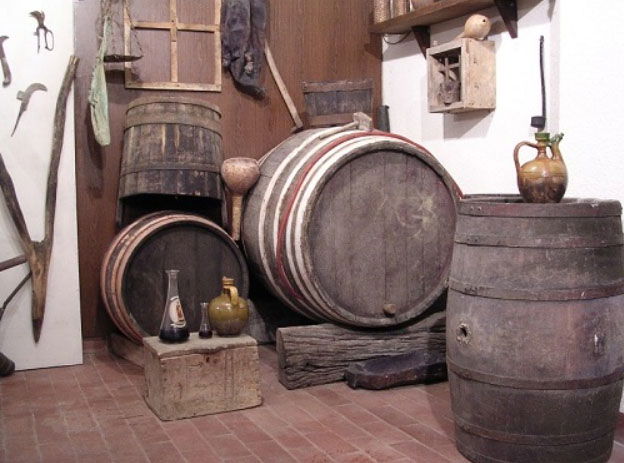Serbian wine history

Historically, Serbian wine culture is very rich in tradition and influences. Not only the Thracians and Greeks but also the Romans made good use of the favourable climate and soil. After a lengthy period during which it was forbidden to produce wine outside the Roman heartland, growing wine was re-established on Serbian territory in the late third century AD, at first in Syrmia, namely on the slopes of the Fruška Gora mountains in today’s Vojvodina region. It was the Roman emperor Probus, born in Sirmium (today: Sremska Mitrovica in Central Serbia) who abolished the Roman wine-producing monopoly, for which he is still praised by wine lovers and vintners throughout many European wine regions even today. From Late Antiquity to the Middle Ages, viticulture was experiencing a continuous period of prosperity.
Besides the nobility, it was mostly the Eastern Orthodox church that cultivated their own vineyards. Numerous important monasteries such as Manasija, Ravanica and Gračanica were surrounded by large wine-producing properties. Monarch Stefan Dušan enthusiastically supported his country’s wine culture in the 14th century when it also experienced its first true Golden Age.
After the Ottoman conquest, it was once again forbidden by law to produce wine. However, the Serbs did not really oblige and were known to continue cultivating their precious vineyards. During the Yugoslav era, Serbia owned the largest winegrowing area within the multi-ethnic union. Of course, the Age of Socialism brought on its very own set of rules and restrictions. Without a private wine sector, high-quality wine production was hardly possible and Serbian grapes were not able to earn an international reputation. Over the course of the past three decades, the ancient wine culture of Serbia has continuously regained its former momentum. After all, the country spreads across several contrasting terroirs and climate zones.
Consequently, this results in a wide range of grape varieties, different styles, and remarkable quality. This extraordinary wealth includes elegant, dry white wines such as Riesling – for instance from Fruška Gora –, Chardonnay like the aromatic Tamjanika, and other outstanding grape varieties like Smederevka and Krstač. Additionally, Serbia offers fully flavoured and easily storable red wines produced from highly distinctive indigenous grapes such as Vranac and ground-breaking hybrids. However, the most renowned Serbian red wine grape is Prokupac. A true embodiment of the Serbian wine renaissance, its aroma reminds wine lovers of a hypothetical crossbreed between Blaufränkisch and Shiraz. Located on the same latitude as Bordeaux, the region of Šumadija is famous for its complex Cabernet and Merlot cuvées. The current winegrowing area of Serbia covers 20,113 hectares, distributed across 77 vineyards and subzones. In 2021, 430 officially registered winemakers produced 30 million litres of wine. However, according to an estimate, Serbia could increase its wine production to 70 million litres of wine a year. Recently, wines worth 16.8 million Euro were exported from Serbia to foreign markets, while still importing wines worth 34 million. In terms of quantity, more than half of Serbia’s wine production was exported. Currently, two companies own more than 1.000 vineyard hectares, six companies cultivate vineyards larger than 100 ha, and around 60 wine businesses grow their product on an area between ten and 100 ha.
Remarkable quality
Today, Serbia’s wine culture can rely on state-of-the-art vineyards, producing an impressive variety of quality wines. While continuing to grow native grapes, the domestic wine industry also increasingly meets the demand for international varieties.
Heading the ranking of red wines, the Bordeaux-varieties Cabernet Sauvignon and Merlot each represent 9 % of Serbian wine production. Chardonnay (8 %) and Sauvignon Blanc (5 %) are also spreading quickly, even though the delicately aromatic Grasac still holds the leading position amongst white wines with 14 %. How innovative and vital the Serbian wine scene really is today, is demonstrated by the steadily growing number of so-called “garage winemakers” and “natural wine” producers. Often, these particular products can easier be found abroad, throughout various export markets, than on Belgradian wine lists. The recent establishment of several new wine fairs such as Wine Vision by Open Balkan offers wine enthusiasts from far and near an accurate overview of the current developments of the Serbian wine scene and a perfect opportunity to receive expert advice from the present winemakers. One thing is obvious, though: There is plenty to discover in Serbia’s wine cellars!


